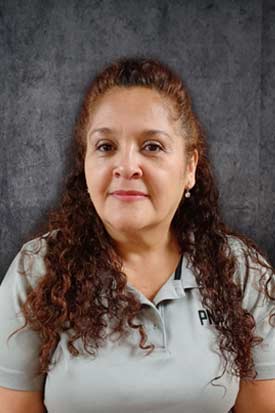Secured loans generally offer lower interest rates, because they are backed by collateral. The collateral in the case of a mortgage is your home or property. This makes the loan less risky for lending institutions, because they can take ownership of the property through foreclosure and recoup their money if the borrower cannot make their payments. Collateral essentially acts as a security allowing borrowers to secure larger loans, typically needed for buying real estate.
In contrast, unsecured loans aren’t tied to any asset or property. This means they carry more risk to the lender and often come with higher interest rates and lower borrowing limits. Common examples of unsecured loans include:
- Credit cards
- Personal loans
- Student loans
Understanding the difference between a secured and unsecured loan can help you make borrowing decisions, including mortgage loans. If you have questions about qualifying for a mortgage or what a mortgage payment may look like, contact our lending experts at Peoples National Bank of Kewanee today.





